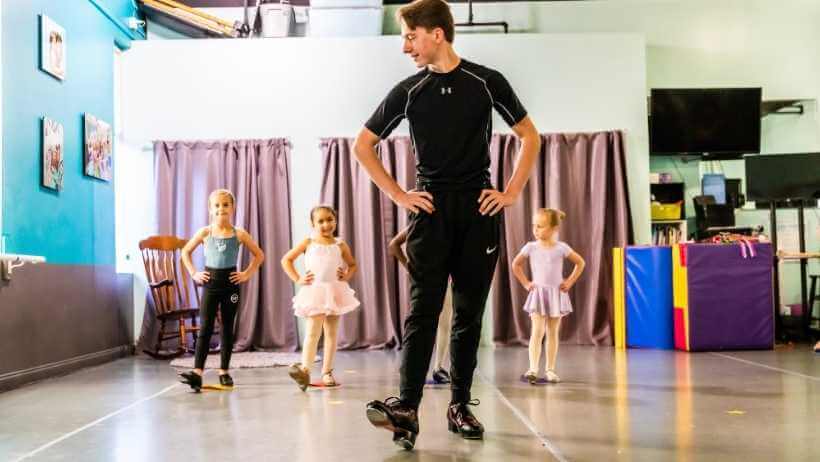
Historians believe tap dance began in the mid-1800s as a stylistic fusion of African tribal dance and European clogging. Initially appearing in minstrel shows, performers portrayed tap as clownish and used it to enforce racist stereotypes. As minstrel shows fell out of fashion, black tappers took the style and evolved it into a rhythmically complex, wildly popular art form for the Vaudeville stage. Early celebrities like Bill Robinson and the Nicolas Brothers rose to global fame. They performed all over the world and made prominent appearances in films.
Tap is unofficially divided into “broadway” and “rhythmic.” Rhythmic tap sticks closest to the African step-dancing roots. Rhythmic tap dancers, historically called “hoofers” use minimal upper body movement to emphasize the complicated sounds at their feet. On the other hand, Broadway tap largely incorporates the upper body and uses elements of ballroom and ballet. Gene Kelly and Fred Astaire are famous broadway style-tappers.
At ADC, our dancers learn tap sounds like letters in the alphabet, mastering them individually before putting them together to make words. While our curriculum is rhythmic tap focussed, we do incorporate broadway tap elements, especially for performances. Tap shoes are a requirement for class and can be purchased in our lobby or at any dance goods store.